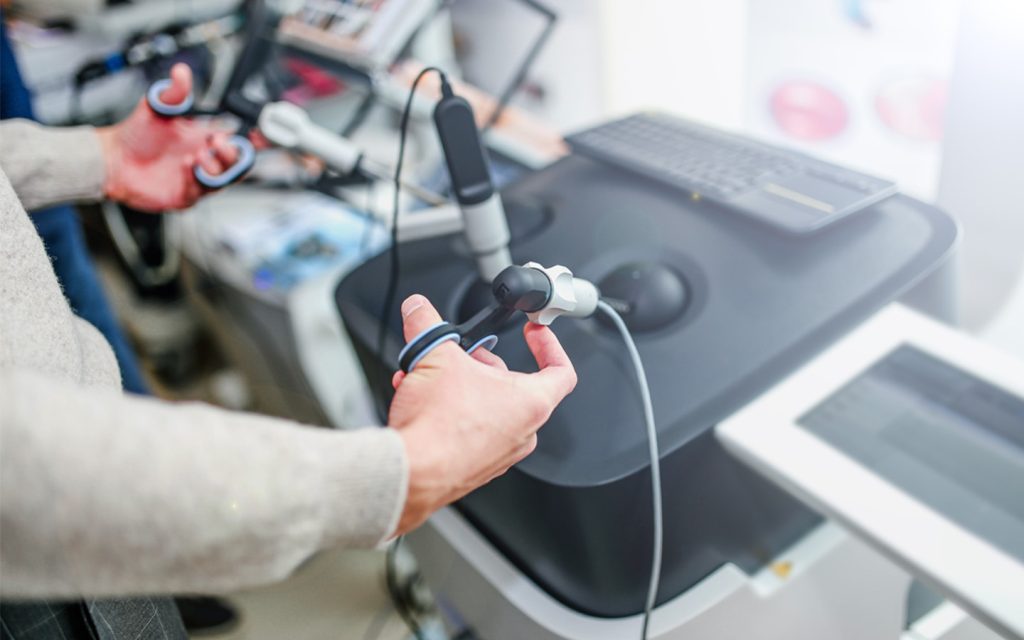
The use of robotics in healthcare has transformed the capabilities of surgical procedures.
With the advent of advanced robotics technology, surgeons can now perform complex surgical procedures with greater precision and accuracy, resulting in improved patient outcomes.
In this blog post, we will explore the history of robotics in surgery, how it is used in modern surgery, provide examples of robotic surgery procedures, and discuss the future potential of this innovative technology.
History of Robotics in Surgery
The use of robotics in surgery can be traced back to the 1980s when the first robotic surgical system, the PUMA 200.
The robot developed by NASA was the first one used in a theatre, where it was used for needle placement in a CT-guided brain biopsy.
Over the years, robotic surgical systems have evolved to become more advanced and sophisticated, with new features such as 3D imaging, haptic feedback, and artificial intelligence.
Today, robotic surgery is used for a wide range of surgical procedures, including cardiac, urological, gynaecological, and gastrointestinal surgeries.
How Robotics is Used in Modern Surgery
Robotic surgery is used in a variety of surgical procedures and can be classified into three main types:
Surgical robots:
- Surgeon controls the robot’s movements from a console
- Robot’s movements are more precise than human hands
- Often used for prostate, gynaecological, and cardiac surgeries
Laparoscopic robots:
- Used in minimally invasive surgeries
- Small incisions are made, and the robotic arms and camera are inserted
- Robot’s movements are more precise than human hands
- Often used for gallbladder, hernia, and colon surgeries
Image-guided robots:
- Used in procedures that require precise positioning and targeting of surgical instruments
- Guided by preoperative imaging, such as CT or MRI scans
- Often used for biopsies, tumour removals, and radiation therapy
The benefits of using robotics in surgery include increased precision, reduced blood loss, faster recovery times, and smaller incisions, leading to less scarring and reduced pain for patients.
In addition, the use of robotics in surgery can improve surgical outcomes, particularly in complex procedures that require a high degree of accuracy and precision.
Examples of Robotic Surgery
Robotic surgery is used in a variety of procedures across different surgical specialties. Some common examples of robotic surgery procedures include:
Prostatectomy: Robotic surgery is commonly used to remove the prostate gland in patients with prostate cancer. The da Vinci Surgical System is often used to perform this procedure, as it allows for more precise removal of the cancerous tissue with less blood loss and faster recovery times.
Hysterectomy: Robotic-assisted laparoscopic hysterectomy is a minimally invasive procedure used to remove the uterus in patients with conditions such as uterine fibroids, endometriosis, or cancer. The use of robotics in this procedure can result in reduced pain, shorter hospital stays, and faster recovery times.
Coronary artery bypass grafting: In this procedure, the surgeon uses the da Vinci Surgical System to perform minimally invasive heart surgery, bypassing the blocked arteries in the heart. Robotic surgery allows for more precise movements, which can lead to better surgical outcomes and faster recovery times.
Cholecystectomy: Robotic-assisted laparoscopic cholecystectomy is a minimally invasive procedure used to remove the gallbladder in patients with gallstones. The use of robotics in this procedure can result in less blood loss, reduced pain, and faster recovery times compared to traditional open surgery.
Colorectal surgery: Robotic surgery is often used in colorectal surgery to remove cancerous or noncancerous growths in the colon or rectum. The use of robotics in this procedure can result in less blood loss, less pain, and faster recovery times compared to traditional open surgery.
The Future of Robotics in Surgery
The future of robotic surgery is promising, with ongoing advancements in technology and research. As robotics technology continues to advance, it is possible that more aspects of surgery could be automated, reducing the need for human intervention and potentially leading to more consistent surgical outcomes.
Increased automation could also potentially reduce the number of surgical errors, leading to fewer complications and better patient outcomes.
In addition, incorporating artificial intelligence (AI) into robotic surgery systems could potentially provide surgeons with real-time feedback and guidance during procedures, leading to more precise and accurate surgeries.
AI could also potentially help identify potential complications before they occur, allowing surgeons to take corrective action before a complication arises.
While robotic surgery is already used in a variety of surgical specialities, there is still room for growth in areas such as neurosurgery, orthopaedic surgery, and plastic surgery.
With continued advancements in robotic technology, it is possible that we may see even more specialties adopt robotic surgery techniques in the future.
In Conclusion
From its early days as a tool for laparoscopic surgery, robotics has evolved into a sophisticated technology that is now used in a variety of surgical specialties.
Robotic surgery offers numerous benefits, including smaller incisions, reduced pain, shorter hospital stays, and faster recovery times.
The future of robotic surgery is exciting, with potential advancements in automation, artificial intelligence, miniaturisation of robotic devices, and remote surgery.
These advancements have the potential to further improve surgical outcomes, enhance patient care, and increase access to surgical care for patients around the world.
